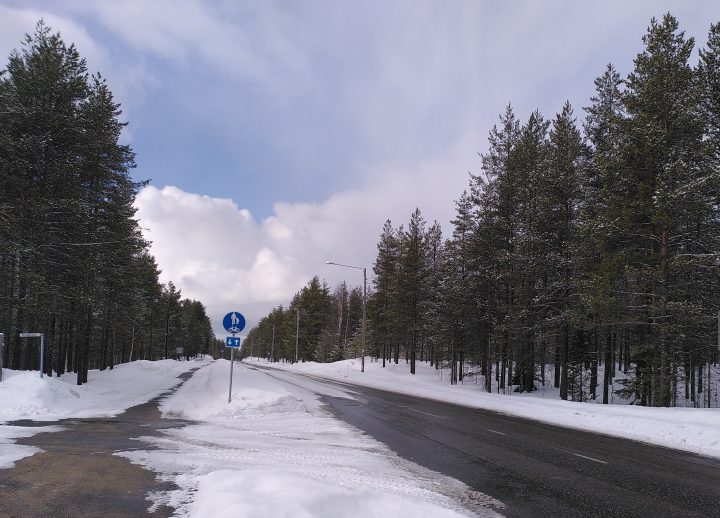Locally relevant environmental changes in Northern Scandinavia
Salla Eilola, Department of Geography and Geology, University of Turku
Post-doctoral researcher Salla Eilola and Associate Professor Nora Fagerholm have been involved a pan-Arctic research project, CHARTER, for the past three years studying perceived environmental changes in two communities in Northern Fennoscandia. In the EU Horizon 2020 funded project CHARTER, researchers from a total of 21 research institutions are conducting a state-of-the-art synthesis based on data collection, analysis and modelling of Arctic change with major socio-economic implications and feedbacks. The aim is to support the adaptive capacity of Arctic communities to climatic and biodiversity changes through the synthesis and co-development of adaptation strategies with indigenous and local communities. Arctic communities face fast and fundamental environmental changes due to climate change and direct human pressures while local strategies for adaptation seek to ameliorate their impacts.
In the project we set up to study local knowledge on environmental changes and future preferences in two subarctic communities, one in Finland and one in Sweden. We used a map-based survey to gain better understanding of the relevant changes and concerns affecting local life and livelihoods. Based on the findings local communities observe numerous changes such as increased extent of forest logging and habitat loss and a trend in increased weather variability, which hinder traditional and opportunities for new nature-based livelihoods. Most of these changes are also evidenced in previous scientific literature, however, the survey responses revealed also changes that are less known and require further examination.
Very few respondents mapped their environmental change observations on the map in the online survey. When we collected facilitated survey responses in the Finnish case study community, respondents expressed the difficulty in locating changes in the landscape while many changes have wide extent, such as increased temperature, or the phenomena does not occur in spot-like manner or is not directly visible in the landscape, such as decrease in forest birds. Changes in forest extent and fish stocks in lakes and rivers are examples of more easily mappable phenomena. For our team this was the first time we tried to have respondents map environmental changes. Understandably, it seems a challenging task to respondents when the phenomenon is not intuitively amenable to be mapped.
It turned out that local concerns over the environmental changes and multiple other pressures on the socio-economic conditions opened a door to collaborate more concretely on a municipal strategy in the Finnish case study. Our survey revealed three distinct and contradictory future visions for the municipal development among the community. These visions had been partly reflected in the municipal strategy 2022-2025, which had recently been published.
Together with the municipality we, in collaboration with the University of Lapland, tailored a workshop for municipal leaders and residents to discuss practical actions, blind spots and responsibilities of various actors in implementing the strategy. While the workshop participants represented the three different future visions, the discussion run smoothly and participants gave positive feedback on the exercises. The municipal strategy does not directly address the environmental changes reported in our survey, however, the concern for them was felt among the workshop participants including the head of the municipality. Based on our experience, the researcher-municipality collaboration can substantially make the research locally relevant when shared objectives for the process are first identifies.
